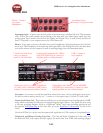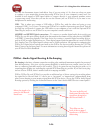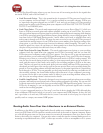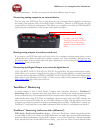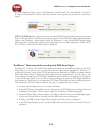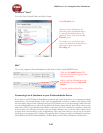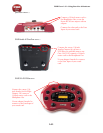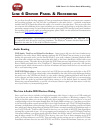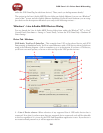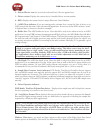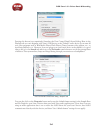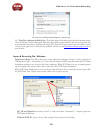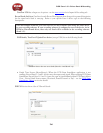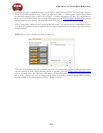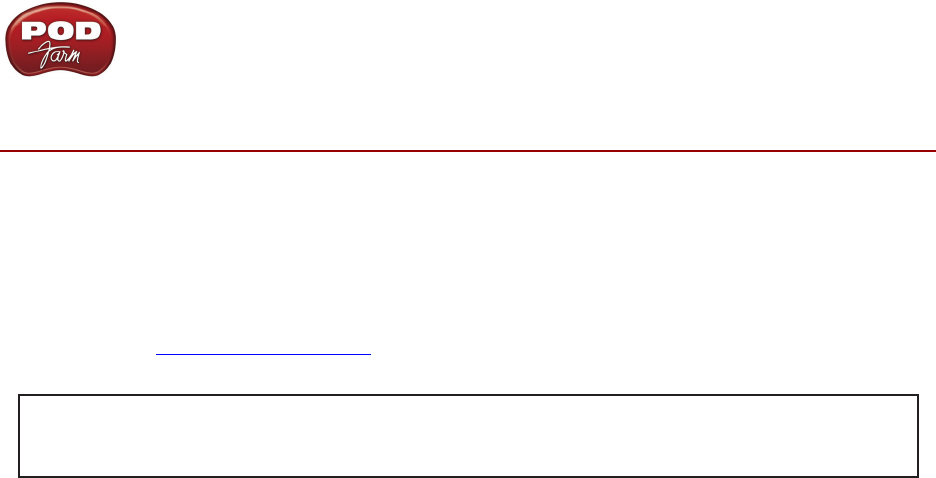
POD Farm 1.01 – Driver Panel & Recording
3•1
Li n e 6 dr i v e r Pa n e L & re c o r d i n g
So, just how does all that huge amount of Tone get routed around between your Line 6 gear, computer
and recording software you ask? All this is performed by the audio driver - a software component
installed with POD Farm that allows the audio to be routed to the right place. This section provides
an overview of the different driver types and where you can tweak a few settings to work best with your
particular computer setup. For more instructions about setting up POD Farm and your Line 6 hardware
for recording with specific audio recording programs, please check out the additional documentation
found on the POD Farm Online Help page.
Windows
®
64 bit users... The installation of POD Farm also installs Windows
®
XP
®
and Vista
®
64
bit compatible audio drivers for your Line 6 hardware. The Windows
®
features described here in this
chapter are the same for 32 bit or 64 bit Window systems.
Audio Routing
POD Studio, TonePort and GuitarPort hardware - Input sources fed into the Line 6 hardware are
handled by the audio driver, which manages applying the POD Farm Tone processing to your signal,
feeding the processed audio out the Record Sends to your audio software, gathering playback audio
from your audio software and then routing the audio back to the Line 6 hardware’s outputs and to your
monitoring system. The audio driver also grabs the POD Farm processed signal before routing it to the
Record Sends and hands this off to ToneDirect™ Monitoring immediately, to provide a low latency
monitor signal, which is then routed to the Line 6 hardware and mixed with the rest of your audio and
fed to your monitoring system.
POD X3/PODxt hardware - Input sources fed into POD devices are fully processed right on the POD
hardware itself. The POD-processed audio is then handled by the audio driver, which manages feeding
the audio out to the USB Record Send(s) to your audio software, gathering playback audio from the
audio software, and then routing the mixed audio back to the POD’s outputs and to your monitoring
system. POD also grabs its processed signal before routing it to the Record Sends its internal USB
Monitoring system immediately, to provide a low latency monitor signal, and then mixes it with the
rest of your audio to your monitoring system.
The Line 6 Audio-MIDI Devices Dialog
Since your Line 6 device includes our high-performance audio driver, it can act as a USB sound card
for just about any audio software that might be installed on your Mac
®
or Windows
®
computer. This
dialog is the place where you can access the audio driver settings for your connected device to see and
configure things such as the current Sample Rate, Bit Depth, Buffer settings, etc. One thing to note here
is that this dialog offers controls specifically for your Line 6 hardware type. The POD Farm Standalone
software is independent of these settings, however, you’ll see information regarding your Record Sends
here which may change depending on whether POD Farm is currently running in Standalone mode or
not. For POD Studio, TonePort and GuitarPort devices, you can think of the POD Farm Standalone
software like a giant rack of gear – if it is not running and configured to use your POD Studio/TonePort/
GuitarPort hardware, your guitar signal will still be heard, but will be “naked”, without all those lovely
amp & effects sounds. For POD X3 & PODxt devices, since your Tone is always running on the POD
itself, you’ll hear whatever your POD’s Tone and audio routing settings are set to deliver. POD Farm
Standalone software does not run with POD X3 and PODxt connected hardware (however, you can



